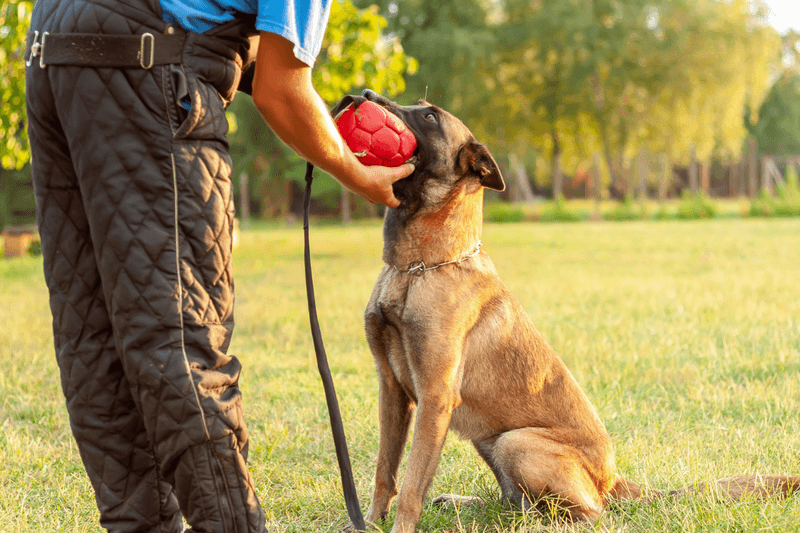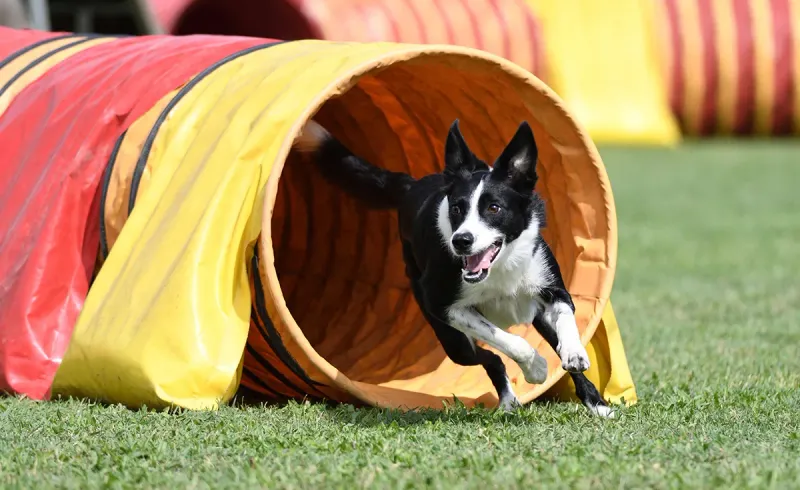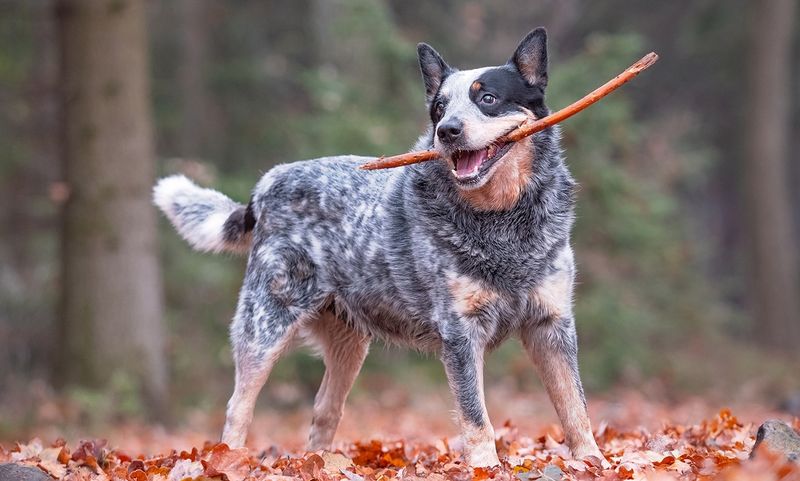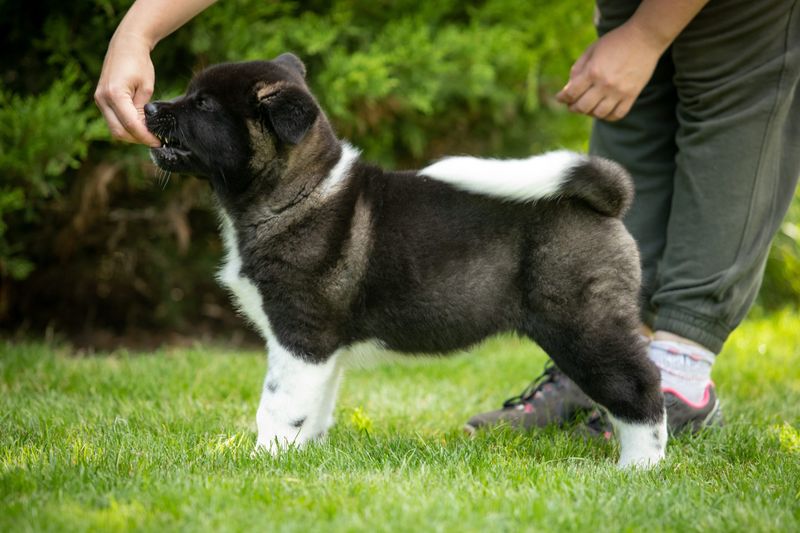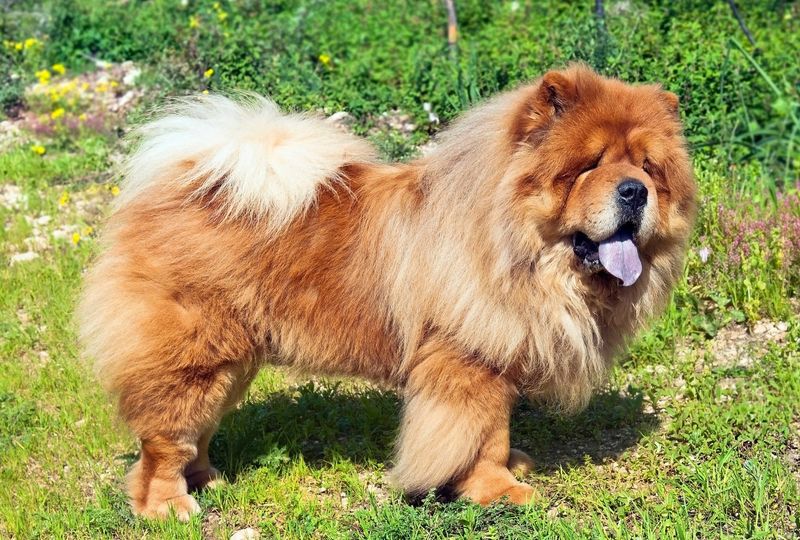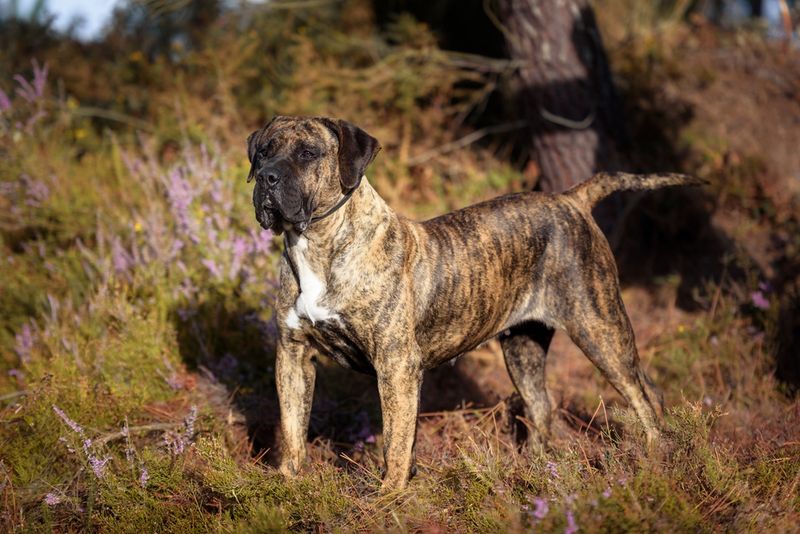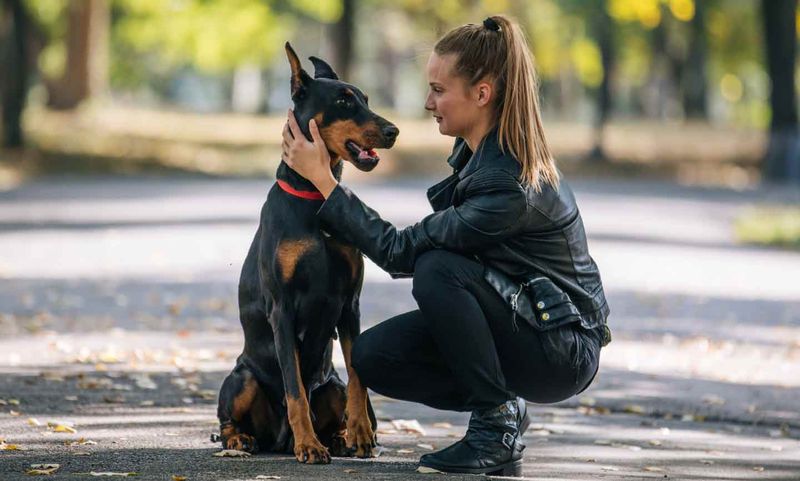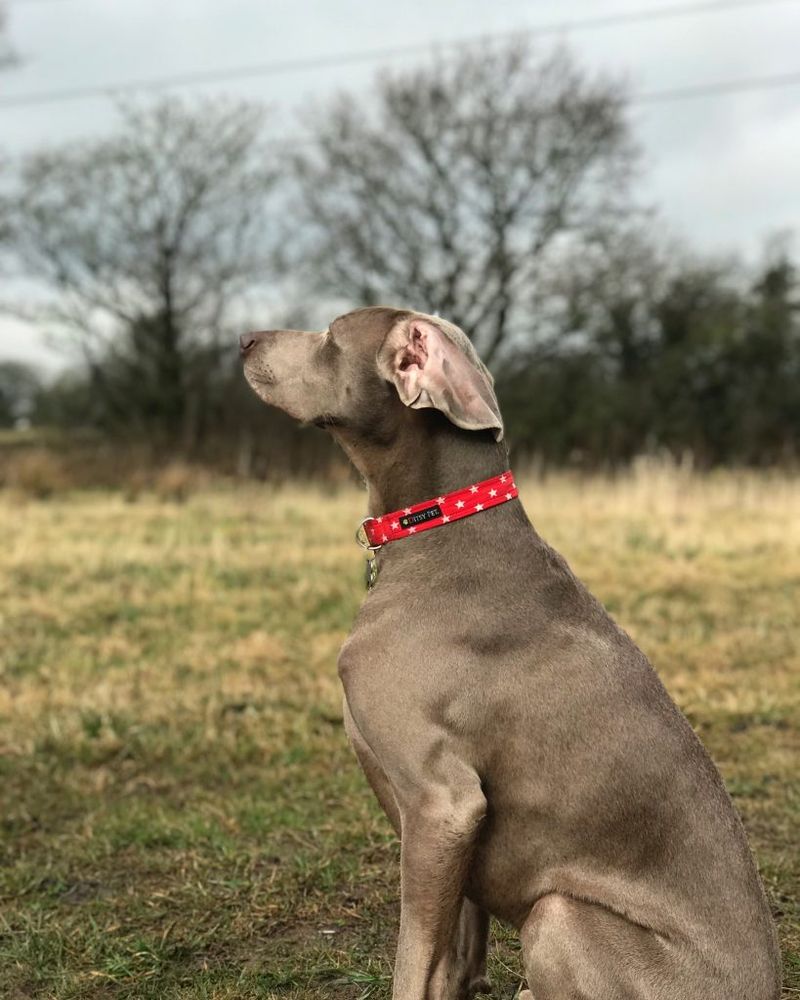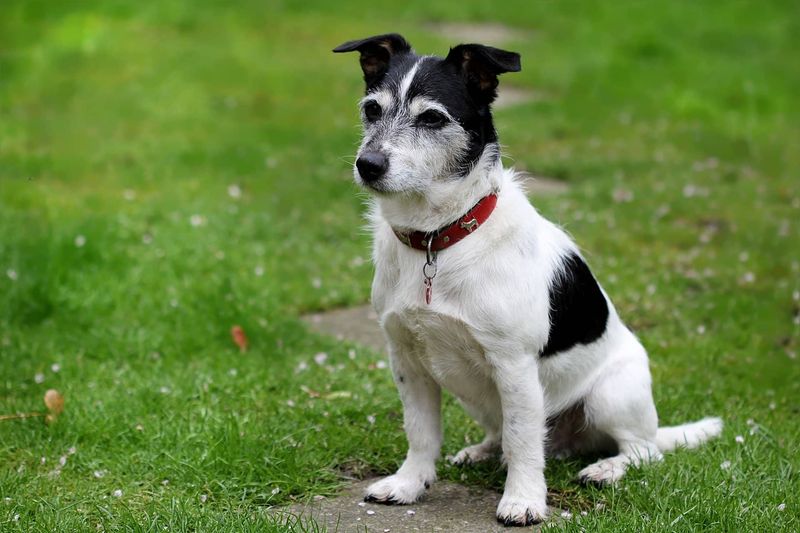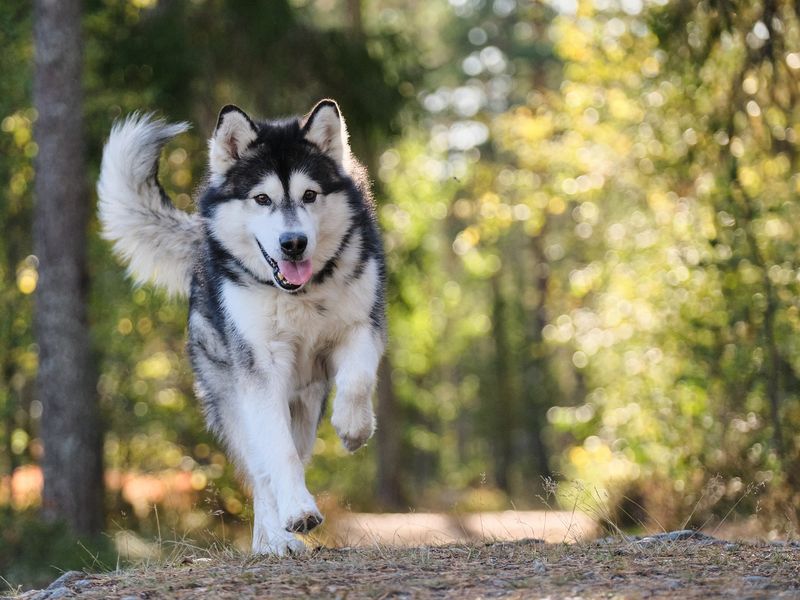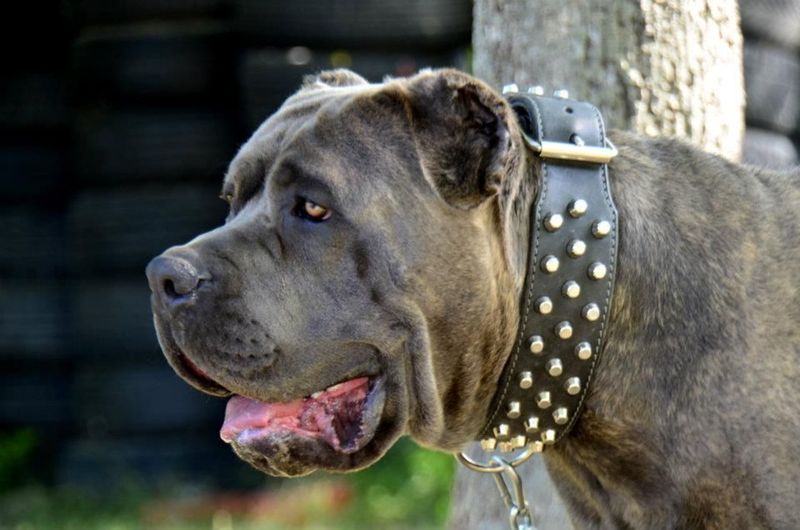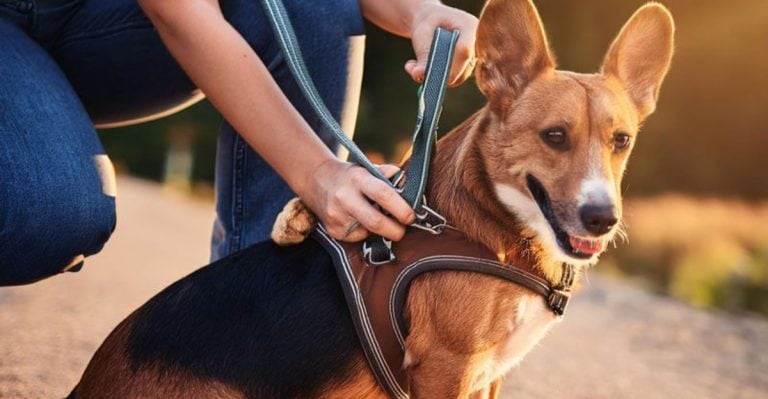13 Dog Breeds That Require Special Training (In Addition To Normal Training)
Most dogs need obedience training, but for some breeds, basic commands barely scratch the surface. These aren’t your average “sit and stay” pups—they demand more.
Whether it’s because of sharp intelligence, deep-rooted instincts, or sheer physical power, these dogs often benefit from specialized training to thrive safely and happily in the human world.
Without it, they might become anxious, destructive, or even dangerous. But with the right guidance, they shine brighter than most. If you’re considering bringing one of these unique breeds into your life, be ready to invest serious time, patience, and creativity.
Here are 13 breeds that go beyond the basics—and why their training needs are anything but standard.
1. Belgian Malinois
Notorious for outworking even the most active dog owners, this breed isn’t meant for casual companionship. Belgian Malinois were bred for tasks that require extreme focus, stamina, and precision—like police work, military operations, and elite security jobs.
If you don’t provide them with a demanding mental and physical job, they’ll create one, often by dismantling your furniture or yard. Specialized training isn’t optional; it’s essential for channeling their energy into productive behavior.
Beyond obedience, they need targeted drills that challenge their brains and sharpen their instincts. Without structure, they become anxious, reactive, and even destructive. But in the right hands, they’re nothing short of astonishing.
2. Border Collie
Forget fetch—this dog needs a job with a title and benefits. Border Collies are so intelligent and task-driven that without complex mental stimulation, they’re prone to obsessive behaviors like shadow-chasing or nonstop barking.
Basic training won’t cut it here. They crave puzzles, agility work, herding simulations, and intense focus drills. Their minds run faster than most owners can keep up with.
Without specialized engagement, their brilliance turns chaotic. They’re not just working dogs—they’re perfectionists with fur. With the right challenge, they become unparalleled partners. Without it, they unravel.
3. Australian Cattle Dog (Blue Heeler)
This breed isn’t just smart—it’s independently smart. Australian Cattle Dogs were bred to control livestock with minimal human direction, which means they often try to outthink their owners.
That independence can quickly slide into stubbornness or even aggression without firm, purposeful training. Traditional obedience is only the foundation. To keep them balanced, owners need to offer job-like tasks and focused leadership exercises.
They require mental redirection to prevent destructive boredom. A well-trained Heeler is a marvel of coordination and problem-solving. But if left unstimulated or undirected, they’ll start controlling everything in sight.
4. Akita
This powerful, noble breed doesn’t respond to force or silliness. Akitas were originally bred for hunting large game, and their calm exterior masks an extremely independent and dominant mindset.
While they’re loyal to family, they can be aloof or reactive with strangers or unfamiliar dogs. That makes socialization and trust-based leadership training absolutely critical.
Obedience alone isn’t enough—they need confident, thoughtful handling with clearly defined boundaries. Poorly trained Akitas can become territorial and unpredictable. With the right guidance, they become gentle protectors and devoted companions.
5. Chow Chow
You’re not training a dog—you’re negotiating with royalty. Chow Chows are famously aloof and cat-like in their demeanor, which means they don’t see much value in performing tricks or blindly obeying commands.
This breed requires early, consistent socialization and specialized training that builds mutual respect rather than dominance. They can be territorial and don’t tolerate rough handling or unclear direction.
Training must focus on boundaries, tolerance, and desensitization—especially around strangers and children. But with the right balance of patience and structure, they become dignified, loyal family members.
6. Presa Canario
There’s no room for error with a dog like this. Presa Canarios are muscular, powerful guardians with an intense drive to protect their territory and people.
They require more than just obedience—they need early and ongoing socialization, controlled exposure to new environments, and specialized impulse-control training. Their strength and suspicion make poor training dangerous.
Owners must establish leadership early on and remain calm, consistent, and confident. With patient, structured training, they become loyal, composed companions. Without it, their instincts may take over in dangerous ways.
7. Doberman Pinscher
Sleek, alert, and incredibly responsive, the Doberman Pinscher is a breed that mirrors its owner’s energy and emotional state. While they’re naturally obedient, their sensitivity makes them prone to anxiety if not handled properly.
Beyond standard commands, they benefit from confidence-building exercises and calm, structured routines. Harsh or inconsistent training can backfire, leading to nervousness or reactivity.
They’re intuitive dogs who need to trust their handler deeply. With the right approach, Dobermans become balanced, affectionate, and utterly dependable companions.
8. Weimaraner
At first glance, they look like elegant athletes, but Weimaraners are emotionally intense dogs who don’t do well with being left alone. Separation anxiety is a major concern with this breed.
They need training that focuses on trust-building, independence, and emotional regulation. Crate training, desensitization to alone time, and ongoing social exposure are crucial.
They also require high-intensity physical outlets and advanced recall work. Without tailored training, Weimaraners often spiral into chaos. But with patience and structure, they thrive.
9. Basenji
Obedience is optional in the eyes of a Basenji. These clever, primitive dogs were bred to hunt without human direction, and they won’t follow orders just to please you.
They also don’t bark, making it harder to detect distress or arousal. Training must focus on impulse control, redirection, and creative engagement.
They get bored easily, so sessions should be short and stimulating. Left unstimulated, they become stealthy, stubborn escape artists. Properly challenged, though, they’re quirky, smart, and full of charm.
10. Jack Russell Terrier
Packing more energy per pound than most large dogs, the Jack Russell Terrier is a little firecracker with a giant personality. Their prey drive, determination, and cleverness make them wildly entertaining—and sometimes completely overwhelming.
Basic commands might work at home, but outside distractions quickly override their training. They need structured routines, creative problem-solving tasks, and high-level obedience that emphasizes redirection and self-control.
Without ongoing challenges and specialized outlets, they can become neurotic, snappy, or even destructive. With the right balance of fun and discipline, though, they transform into agile, loyal performers who live for the next task.
11. Alaskan Malamute
Don’t let the fluffy coat fool you—this breed is stubborn with a capital S. Alaskan Malamutes were built to pull heavy loads over long distances, not to win your approval with tricks.
They’re pack animals, but not necessarily submissive. Specialized training should include establishing a firm hierarchy, developing clear commands, and promoting impulse control to avoid dominance struggles.
Their physical power makes any disobedience dangerous. If they’re not well-trained and mentally engaged, they’ll dig, howl, or bolt. But under strong, steady leadership, Malamutes become affectionate, cooperative partners who thrive in structured routines.
12. Cane Corso
Serious, steady, and bred to guard, the Cane Corso doesn’t take direction from just anyone. These powerful mastiffs need socialization and structure from puppyhood to avoid becoming overprotective or unmanageable.
Obedience is just step one. They need impulse control exercises, leadership-based training, and consistent boundaries that they can rely on. This breed reads energy, so nervous owners may struggle to gain their respect.
Handled well, they become dignified, even-tempered family protectors. Handled poorly, they may become territorial, reactive, or dangerously defiant. This is a dog for experienced handlers who understand calm confidence and early intervention.
13. Thai Ridgeback
Independent and naturally wary of strangers, the Thai Ridgeback isn’t your average family pet. With a strong prey drive and territorial instinct, this rare breed demands specialized training right from the start.
They won’t automatically accept rules—they need to understand and buy into them. Socialization, consistent boundaries, and reward-based reinforcement are key to shaping their behavior without triggering resistance.
Untrained Ridgebacks can become aggressive or uncontrollable in unfamiliar settings. But with respect-based training and structured routines, they become incredibly loyal and capable companions who remain alert yet composed in almost any environment.

